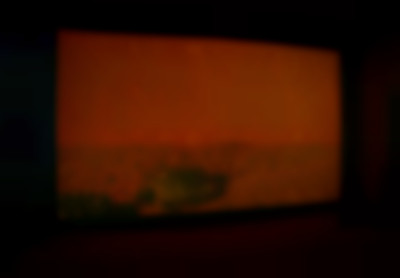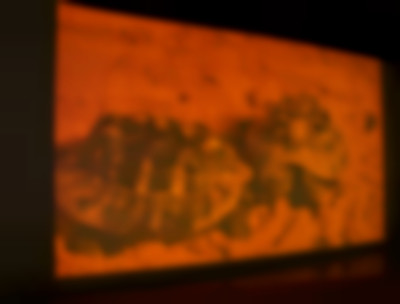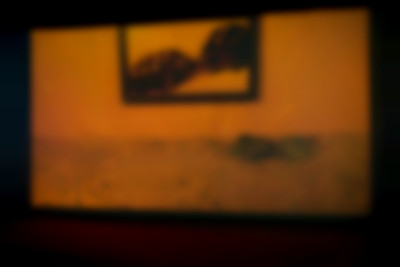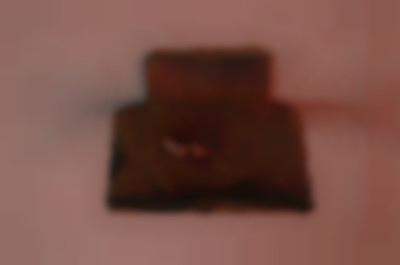The Nervous Canines investigates the temporal anomalies and reappropriation of fictionalities in institutional archives. Engaging with Study of Two Brazilian Tortoises (1640), a painting by the Dutch painter Albert Eckhout, Lee brings into focus the fictional teeth of the two tortoises. As part of the colonial policy to document people, landscapes, and animals, Eckhout was commissioned to portray these Brazilian animals. Although the actual tortoises are toothless, in Eckhout’s painting we see sharp teeth framing their mouths. In The Nervous Canines, the two static object-like tortoises incrementally move, aggressively and agitated. The imagined teeth are resignified into the neurotic vowels of the tortoises and their paroxysmal movements.
The Nervous Canines
(2022)
Archival research process based on a painting by Albert Eckhout, kindly supported by Sheila Reda, Researcher and Conservator at the Mauritshuis, The Hague, The Netherlands. This work was supported by the Prins Bernhard Cultuurfonds and Mondriaan Fonds, 2022.




